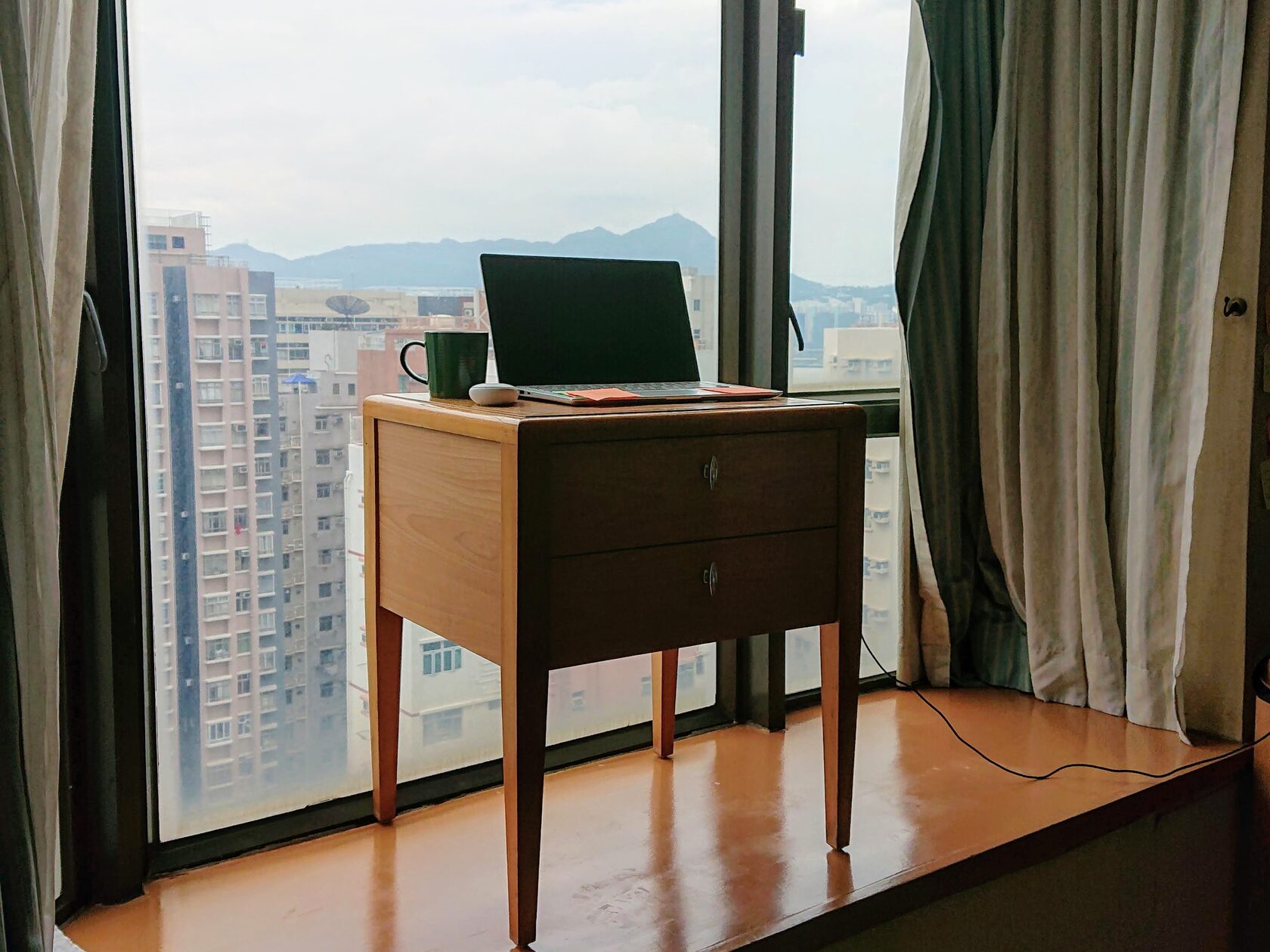Anyone who is interested in reading our report on our research will rely on it as the first coherent documentary of its kind. How will they know that their trust is not misplaced?
We first establish a track record of transparency and integrity.
Representing what is done by us and what is not done by us is essential to establishing this track record. Why should a third party believe that our work is original if they do not see us acknowledging the work of others?
It’s not always straightforward about how best to do this, but there are options and we've provided some examples below.
Note that in ALL cases, the source must be cited.
1) Direct quote:
The authors of this study write:
“Life as infectious disease researcher is indisputably exciting. Daily encounters with life-threatening microorganisms, academic competitors, hostile reviewing committees, and extensive international travel can make for a thrilling career. International espionage is possibly the only profession that overshadows our branch of academia in these respects. While researchers tend to be well informed of the risks they could encounter while traveling, the same cannot be said for some secret agents. James Bond is an exemplar of reckless disregard for occupational health but serves as a useful tool for drawing attention to the important issue of infectious disease risk while working and traveling.”
2) Paraphrase with attribution:
The authors of the study describe their careers as thrilling, with regular encounters with life-threatening microorganisms, academic competitors, hostile reviewing committees, and international travel. They state that, while researchers may be well aware of occupational health precautions to take at work and while traveling, James Bond shows reckless disregard for occupational health though he serves as a useful tool for drawing attention to the issues of infectious disease risk during work and travel.
3) Rewrite:
The authors of the study describe their careers as having riveting opportunities for risk, surprise, intrigue, and travel albeit with a regimen of best practices to prevent contracting infectious diseases during work and travel. They argue that, in contrast, James Bond shows no regard for such practices, but his visibility can bring these issues to the forefront with his audience.
Original source: Graumans W, Stone WJR, Bousema T. No time to die: An in-depth analysis of James Bond’s exposure to infectious agents. Travel Medicine & Infectious Disease 2021
While options 1) or 2) may best represent what is said in the source, option 3) may provide an opportunity to summarize the message more succinctly and/or to say it in a tone that fits your communication.
You will have to choose the way that suits the purpose of your communication.
If the original source is not properly attributed, intentionally or not, the degrees of similarity in the examples above, especially with options 1) and 2), would be unacceptable for academic publication.
For academic integrity, we are looking for similarity of no more than 25%. Similarity between two known sources can be estimated through online webtools such as Text Compare by Copyleaks.
This brings us to being aware of our choices for proper attribution - sometimes a source said it better than we can, and the best way to represent them is to use what they said. This is acceptable as long as we are 1) transparent about the fact that we are using their words and 2) accurate about whether we are quoting directly or paraphrasing.
You may have your own strategy to safeguard these principles.
One way I use to safeguard proper referencing is to keep the reference and information together - from notes to outline to draft. That way, I know where a piece of information came from and I lower the risk of not citing a source when I should or citing the incorrect source.
Proper attribution is an ongoing discussion in writing and publication with many shades of gray. We’d love to hear from you - What are your strategies to safeguarding trust with your readers in your written work?
Send me a message to share your thoughts.

